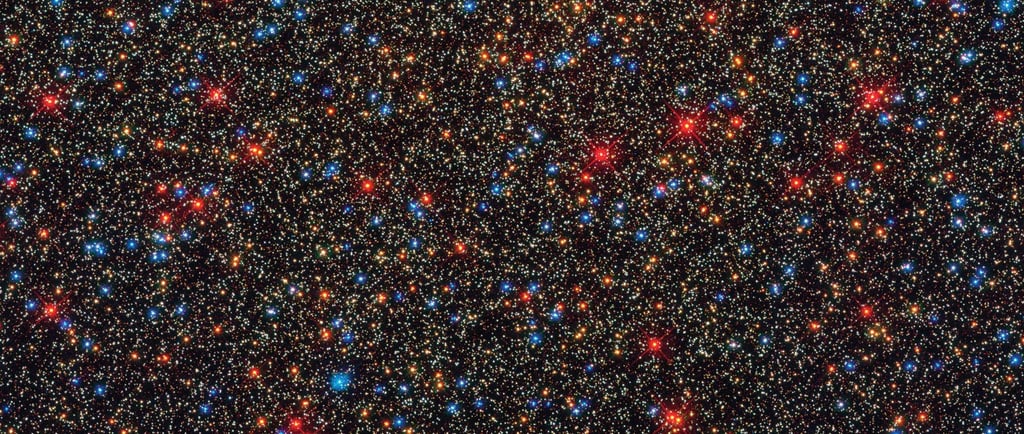Omega Centauri: The Globular Cluster in the Centaurus Constellation


Introduction to Omega Centauri
Omega Centauri, also known as Caldwell 80, stands as a remarkable celestial body nestled within the constellation of Centaurus. At an impressive distance of approximately 17,090 light years from Earth, it is the largest globular cluster in our Milky Way galaxy. With a diameter that spans about 150 light years, Omega Centauri is not only a significant astronomical object but also a subject of interest for researchers and stargazers alike.
Characteristics of Omega Centauri
This globular cluster boasts an astounding number of stars; estimates suggest that it contains over 10 million individual stars. These stars are predominantly older and range from red giants to main-sequence stars, contributing to the cluster's vibrant stellar population. One of the prominent features of Omega Centauri is its unique metallicity, which varies significantly compared to typical globular clusters. This variation provides crucial insights into the chemical evolution of the Milky Way.
Observing Omega Centauri
For amateur astronomers and seasoned observers, Omega Centauri presents an unforgettable viewing experience. Visible to the naked eye, the cluster appears as a fuzzy star in the night sky, particularly on clear evenings. Through small telescopes or binoculars, it transforms into a magnificent ball of stars, revealing its intricate structure and density. Observations of this globular cluster can aid in understanding not only its formation but also the dynamic history of our galaxy.
In conclusion, Omega Centauri is more than just a stellar cluster; it is a vital tool for exploring the mysteries of our universe. Researchers continue to study its properties and star population to unravel the complexities of galactic formation and evolution. As we delve deeper into the cosmos, Omega Centauri remains a shining beacon, inviting all to explore the wonders of the Milky Way.
